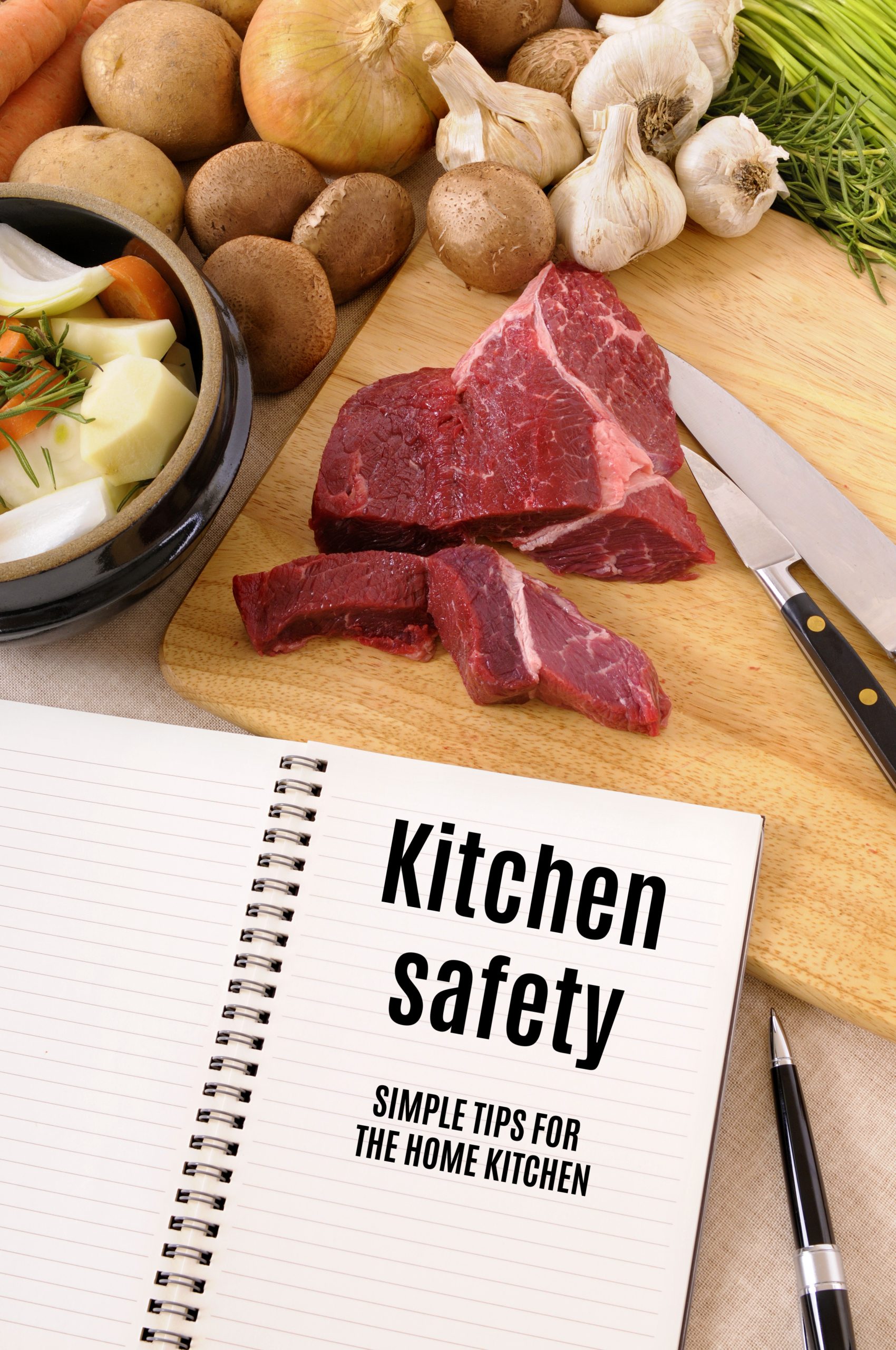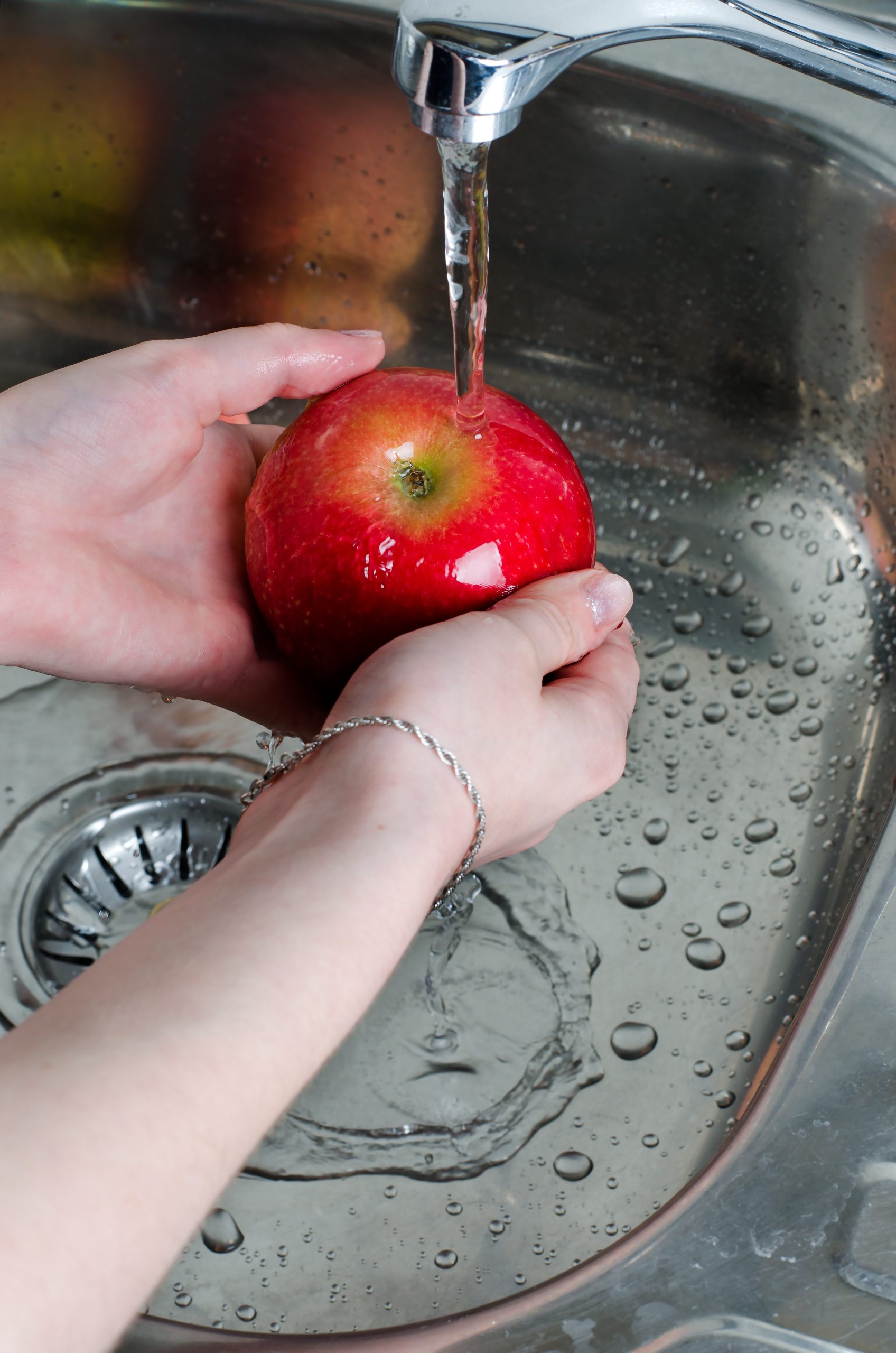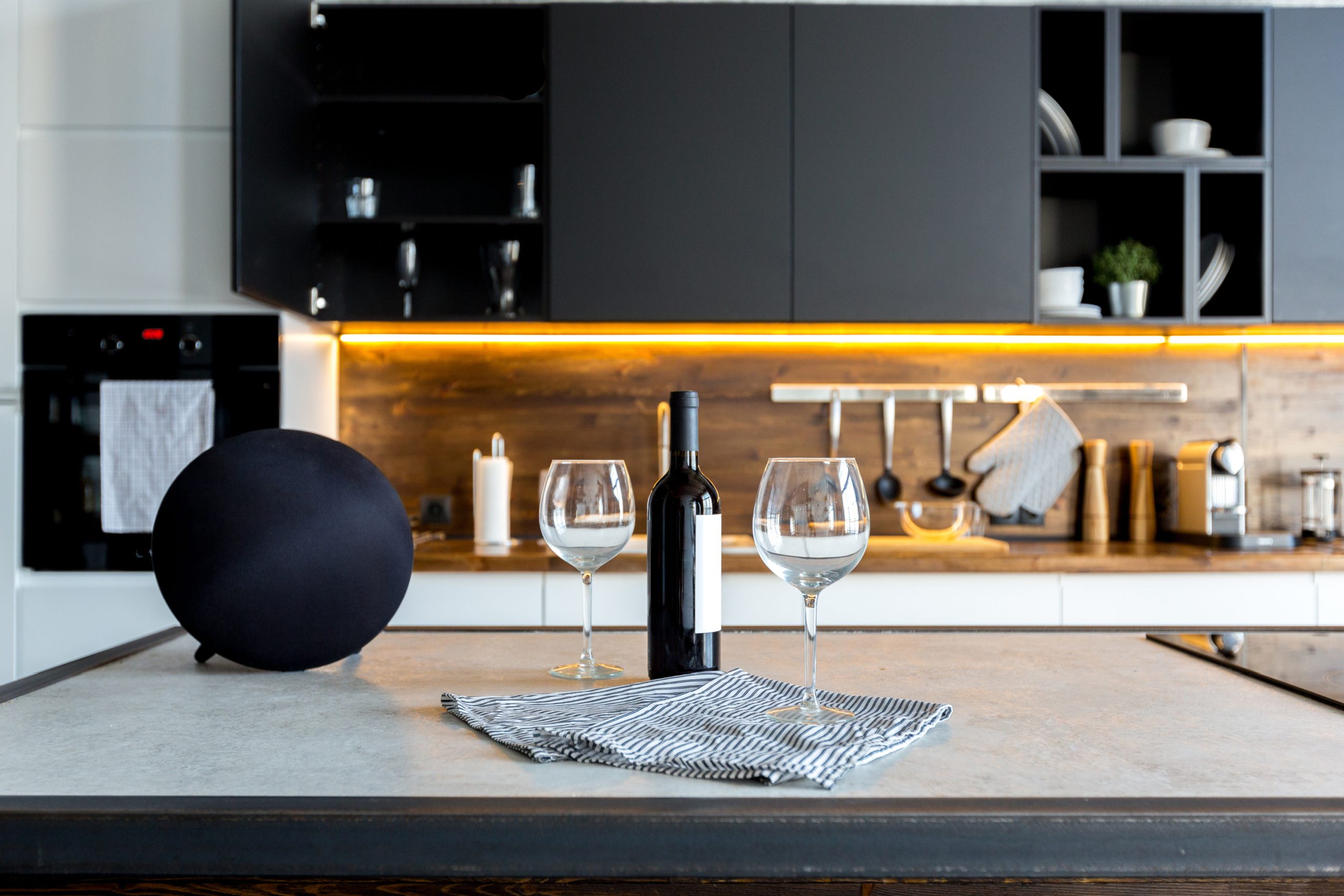Kitchen safety secrets: Simple tips for the home kitchen
This post may contain affiliate links that won’t change your price but will share some commission.
For many people, the home kitchen serves as a communal hub where families and friends gather together to share great conversations and even better food. Interestingly, it’s also one of the most accident-prone areas in a household. To ensure the safety of those in your home, here are some simple kitchen safety tips that will help keep your culinary area a secure haven.

Causes for common kitchen accidents
Beyond the basic cuts and burns, there are many ways to accidentally injure yourself in the kitchen. You can smoosh your fingers in a drawer, pull a muscle opening a jammed drawer, slip and fall on a forgotten spill, or even burn the whole place down if you aren’t careful.
Being aware of the causes of these common accidents is the first step in promoting kitchen safety. Equipped with this knowledge, you can take proactive measures to prevent these incidents or quickly intervene if they do occur. The simple act of consistently prioritizing kitchen safety through these actions is an easy way to avoid accidents and injuries before they even happen.
Kitchen safety: Reduce the risk of accidental cuts.
The number one way to reduce your risk of accidentally cutting yourself is to keep your cutting utensils sharp, including knives, scissors, vegetable peelers, and anything else with a blade. While it may sound counterintuitive, cutting food with a dull edge will cause you to increase the force required to cut, which also increases the chance you will slip, cutting yourself instead of the food.
Beyond using sharp utensils, use the right tool and handle it correctly. Always push the knife blade away from your body, never towards it. Use a sturdy cutting board on a flat surface, and if it slips or feels unstable, place a wet kitchen or paper towel under it to increase its grip. Consider using a guard or glove when slicing vegetables with a mandoline.
Store knives and other sharp implements in a secure location. Knife blocks, magnetic knife strips, and drawers are all good options. If you have little ones with access to your kitchen, teach them about the risks and ensure these items are out of reach until they understand they are tools, not toys.
“My teenager loves to cook. One of the first things I taught him when he first started wanting to cook at around age 7 was the claw technique for cutting — hiding the fingers on the hand that is holding the food you are cutting. The second thing I taught him was never try to catch the knife. Jump back to get your feet out of the way and let it fall.”
— Robin Donovan, All Ways Delicious

Kitchen safety: Reduce your risk for burns
Hot water from the tap is just one way to burn yourself in the kitchen. You must also consider the oven, stove, air fryer, hot pots, and pans in and around these devices. While you can take action to reduce the risk for some of these, others simply require being aware of your surroundings.
For the water faucet, adjust the water temperature on your boiler to be no hotter than you can handle without burning or scalding yourself. For most homes, that is 120 F, as it takes about 5 minutes of exposure at that temperature to result in burns. At 140 F, the standard manufacturer’s setting, it takes a mere 6 seconds of exposure to cause a burn, which is especially risky for little ones and older adults.
Do not use wet or damp pot holders when handling hot items; the heat will go through them. Do not use kitchen towels to remove a hot roast or casserole from the oven unless you know they are heatproof. Microfiber towels are great for drying but will melt against the oven’s heat. Instead, keep dry pot holders or heat-resistant gloves in an accessible place, within easy reach of your oven and stovetop.
When opening the oven or removing lids from hot pans, stand clear of any escaping steam. Lift pan lids with the opening away from you to direct steam away from your face. When opening your oven, stand to the side and allow the initial blast of heat to clear before you reach inside.
Turn all pan handles away from the edge of the stove to keep little ones safe and prevent you from bumping into them as you move through your kitchen.

Kitchen safety: Prevent falls
Falls in the kitchen can happen for many reasons, but two of the most prominent factors are spills and trying to reach things that are just out of your grasp. Thankfully, both are easily preventable with a bit of planning and awareness.
Spills in the kitchen are inevitable. You would be hard-pressed to make a meal without cleaning up at least one mess, if not more. The best action is to clean up spills immediately so they don’t become a falling hazard. Keeping tools like a broom and dustpan, kitchen towels, and a mop and bucket nearby will make clean-up quick and easy.
The other common cause of falls in the kitchen is when individuals climb onto countertops or chairs to access items out of reach. While it may seem like a minor convenience, this habit can lead to severe accidents. Using a sturdy stepstool or ladder to increase your reach is much safer and will prevent potential injuries. If you often need a boost, store your stool in the kitchen to make it even more convenient.
Prevent fires
When working with food, you often play with literal fire, especially if you have a gas stove or use an outdoor grill. While fire and heat are essential to creating magic in the kitchen, it’s vital to maintain control over them at all times. By being prepared, you can prevent accidental flare-ups and better manage them when they happen.
Ensure you keep kitchen towels, pot holders, and other flammable materials away from open flames or hot burners. Do not wear loose clothing while cooking. When pan frying fritters, fish, or anything else in hot oil, keep the lid handy as the first line of defense in an accidental flare-up. If all else fails, be ready to fight the fire with a household fire extinguisher or fire blanket.
If the fire is too big to put out on your own, get out and call the fire department.
Kitchen safety in action
Safeguarding your kitchen is paramount to creating a secure haven for culinary endeavors. Adhering to the essential safety tips discussed can significantly reduce the risk of accidents and injuries in this bustling space. Remember, prioritizing safety enhances your cooking experience but also ensures the well-being of your loved ones, making the kitchen a place where everyone can gather, create, and share without worry.
You may also enjoy this lifestyle content.
- How to Soften Brown Sugar
- How to store garlic
- Paula’s Picks
- Tips for Safely Cooking, Storing, and Handling Meat
- 12 easy baking powder substitute
- How to Prep Cook and Store Fresh Basil
- How to make heavy cream
- Mojito magic: Wow your party guests with a DIY mojito bar.
- How to season a cast iron skillet
- Toasting Pecans – Mastering the Technique
- Meat the best: Top 5 steaks perfect for grilling
- How to Soften Cream Cheese
- How to make infused vodka
- How To Tenderize Steak: Mastering the Art
- How to grill burgers on gas, charcoal or pellet grills
- 10+ Boozy 21st Birthday Gift Ideas in 2023
- Slicing & dicing superstars: The Best Kitchen Knives
- 6 Types of Cocktails Everyone Should Know
- How many miles should you wear your running shoes?
- How to Keep Your Kitchen Clean & Organized While Cooking
- DIY Shoe Rack from Scrap Wood
- Building a Gluten-Free Pantry
- How to change your email on your Android
- Top 10 tips for using long shelf-life foods
- Difference in Baking Powder and Baking Soda
- Kitchen safety secrets: Simple tips for the home kitchen
- 10 Minute Decluttering Tips
This article originally appeared on Food Drink Life.
